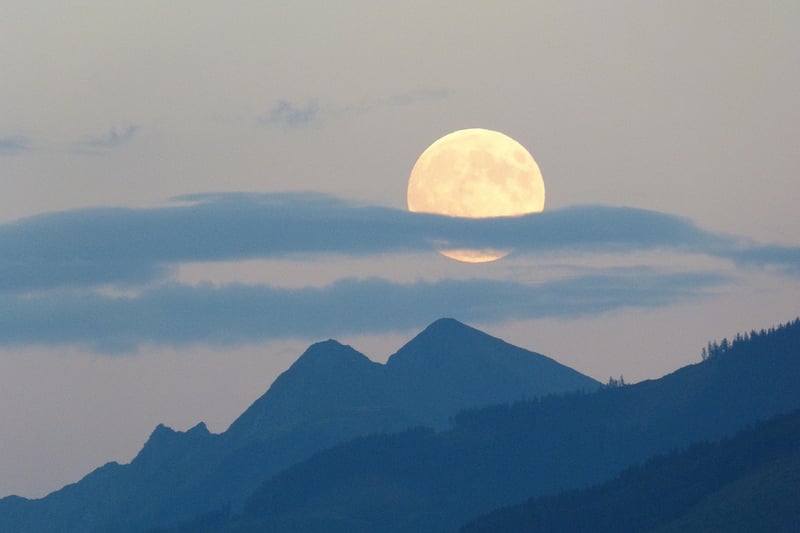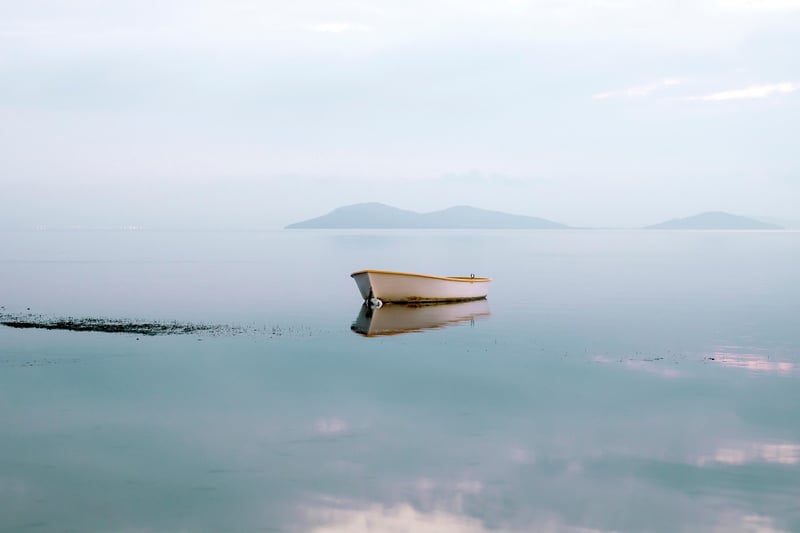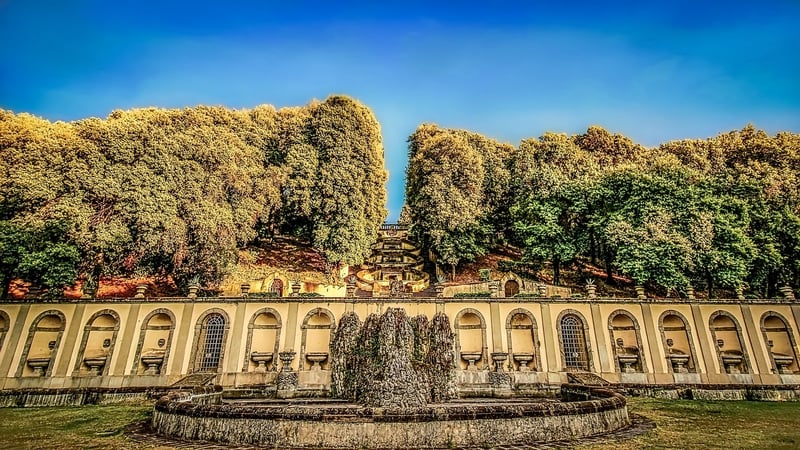Planetary Resources
Celestial Surfaces and Planetary Resources
In the vast expanse of the universe, celestial bodies exhibit a diverse array of surfaces that have captivated scientists and stargazers alike. From the rugged terrain of Mars to the icy plains of Europa, each planetary body offers a unique glimpse into the mysteries of the cosmos.
The Moon
Our closest celestial neighbor, the Moon, has a surface scarred by impact craters, volcanic plains, and rugged mountains. This desolate yet captivating landscape has long fascinated astronomers and has even been visited by human explorers during the Apollo missions.

Mars
Mars, often referred to as the "Red Planet," boasts a diverse surface that includes towering volcanoes, deep canyons, and dry riverbeds. Scientists believe that Mars may have once harbored liquid water, making it a prime target in the search for extraterrestrial life.

Europa
Europa, one of Jupiter's moons, is covered in a thick layer of ice that hides a vast subsurface ocean. This intriguing moon has captured the imagination of researchers due to the potential for microbial life thriving in its hidden seas.

Planetary Resources
Exploring and studying celestial surfaces not only deepens our understanding of the universe but also holds the promise of valuable resources. Planetary bodies like asteroids and moons may contain precious metals, water, and other materials that could one day fuel space exploration and sustain human colonies beyond Earth.
As we continue to unravel the mysteries of celestial surfaces and planetary resources, the possibilities for future exploration and discovery are boundless.
References: NASA
